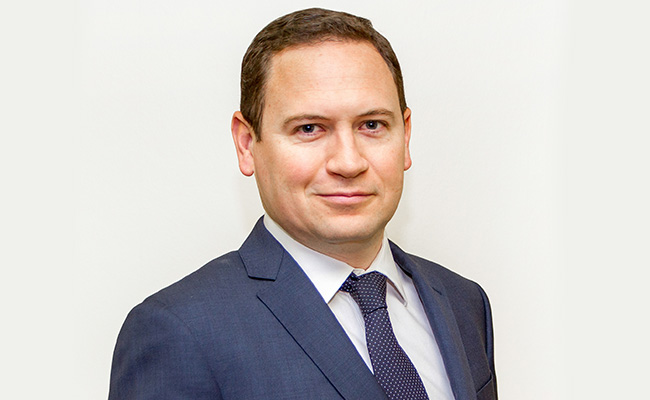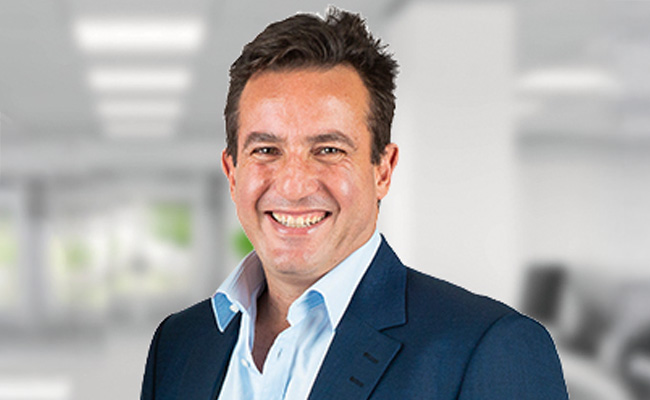In today’s unsettled global investment environment, where inflation shocks, geopolitical tensions and unexpected policy shifts batter markets, a single-style approach to investing can leave portfolios vulnerable. This environment and its almost unprecedented levels of uncertainty has highlighted increasing questions over the wisdom of applying one style in any market environment.
Style investing – whether value, quality, growth or momentum – has long been shown to deliver outperformance over time. But investment styles are cyclical: they each go through periods of strength and weakness. That cyclicality is why blending and dynamically adjusting styles can offer investors a powerful advantage in smoothing returns and managing risk.
Persistent, pervasive and robust
The global financial crisis of 2008 provided a surprising discovery, and Norway unexpectedly lifted the lid on style diversification. The Norwegian Sovereign Wealth Fund, which invests the country’s oil and gas revenues, had built up a portfolio worth approximately $300bn in 2008. In October that year, a month after the failure of Lehman Brothers, the fund suffered severe losses. By investing across various asset classes, like equities, bonds and property, and spreading these investments across regions, the fund was supposed to be well diversified.
The Norwegian government commissioned an in-depth investigation to find out why the diversification had not been effective. The study was headed by three famous academics – Andrew Ang, William N Goetzmann and Stephen M Schaefer – and they found that the portfolio’s lack of diversification in styles could largely explain the drastic decline in performance. The portfolio drawdown was a result of the various asset classes all being exposed to the same style risks and therefore was, in fact, not well diversified at all. The Norwegian government was advised to specifically allocate to a diversified set of styles, across asset classes.
Investment styles should be persistent, pervasive, robust, investable and economically sensible. To be persistent, they must deliver long-term performance and should not be limited to a particular timeframe. To be pervasive, they must hold true over various regions, countries and sectors. To be robust they should not be affected by changes in how they are defined. Being investable is extremely important, and if a style cannot be harvested cost effectively, then it offers no benefit to investors. If there is no economic explanation for a style, then it is simply an anomaly which will be traded away.
Six styles, one framework
In uncertain markets, no one style provides all the answers. Value investors can be blindsided by growth rallies. Growth investors can suffer when rates rise. Quality investors can underperform in risk-on markets. Momentum can falter abruptly.
Blending styles – and dynamically adjusting to prevailing trends – offers investors the ability to capture upside across different market regimes while cushioning downside during style-specific drawdowns.
The Old Mutual Global Managed Alpha Fund uses six styles – three fundamental (value, growth, quality) and three technical (momentum, low volatility, size). The key is not to hold them rigidly but to recognise that their performance moves in cycles.
Each of these styles goes through cycles of underperformance and outperformance. The fund’s process identifies which are working and which are not at any given time and tilts allocations accordingly.
Rather than relying on broad economic forecasts or external signals, the process uses a dynamic factor model. The best forecast of what is going to work in the short to medium term is what is working right now … It’s looking at these factors and determining what is their current trend and that tends to persist.
This means the fund is overweight styles currently rewarded by markets while being underweight those out of favour. For example, in 2025, momentum has seen a tailwind, while quality has lagged, however, the fund’s positioning in both styles positively contributed to performance.
A contrast to traditional style investing
Traditional investors often commit to a single style, riding out its lean years in the hope of longer-term recovery. This leaves returns unnecessarily exposed to cyclicality. As part of our process, we underweight ourselves to those styles that aren’t working. So, if we believe value is working, and quality is not working, we’re going to find a share that exhibits characteristics of both good value and poor quality and invest in that.
A more flexible approach to investment style ensures stock selection, rather than outsized country or sector bets, drives performance. Our active positions are capped at ±3% for countries and sectors, and ±1% for individual shares, maintaining discipline.
Navigating ‘orange swan’ events
The benefit of blending styles becomes especially clear during unexpected shocks, which the market has seen its fair share of since US President Donald Trump took office for the second time this year. “Orange swan” events, such as 2025’s tariff surprises, provided unexpected but foreseeable disruptions that shook overvalued global counters such as US technology stocks.
Expensive tech stocks are priced to perfection, meaning that “orange swan” events, such as plans to impose huge tariffs on iPhone manufacturing, produced wild fluctuations and uncertainty.
By contrast, banks, supported by higher interest rates, were better positioned. Tariffs typically lead to inflation, meaning central banks decided to keep interest rates higher for longer, benefiting bank margins as they can lend at higher rates, thus fuelling earnings.
Because our fund had already rotated out of global technology and into financials, it was well placed to benefit. Going into 2025, our dynamic factor model had moved to an underweight position in global information technology while maintaining an overweight in global financials.
Real-world results
The model’s ability to adapt was evident in its stock picks.
- ABN Amro delivered strong contributions from value and quality factors, aided by efficiency improvements.
- Intesa Sanpaolo, trading at eight times earnings with a lean cost-to-income ratio, benefited from the quality factor.
- China Citic Bank, with a price-to-earnings ratio below five and a dividend yield above 4%, reflected strong value exposure.
These positions exemplify how blending and rotating across styles enables opportunistic stock selection that avoids style traps.
The approach has delivered. To the end of July 2025, the fund returned 14.4% over three months, 16.6% over one year and 16.9% over three years, all ahead of its benchmark, the MSCI all country world index. Over five years, it has outperformed by nearly two percentage points annually.
The case for blending during uncertainty
The lesson is clear: in an era of unpredictability, diversification within equities is not just about sectors or geographies – it’s also about styles. As our process shows, recognising and rotating across style cycles can mean the difference between riding volatility and consistently compounding returns.
Reza Fakie is portfolio manager of the Old Mutual Global Managed Alpha Fund and Mario Fisher is head of quantitative research at Old Mutual Investment Group.
Top image: DC Studio via Freepik.com.
Sign up to Currency’s weekly newsletters to receive your own bulletin of weekday news and weekend treats. Register here.














